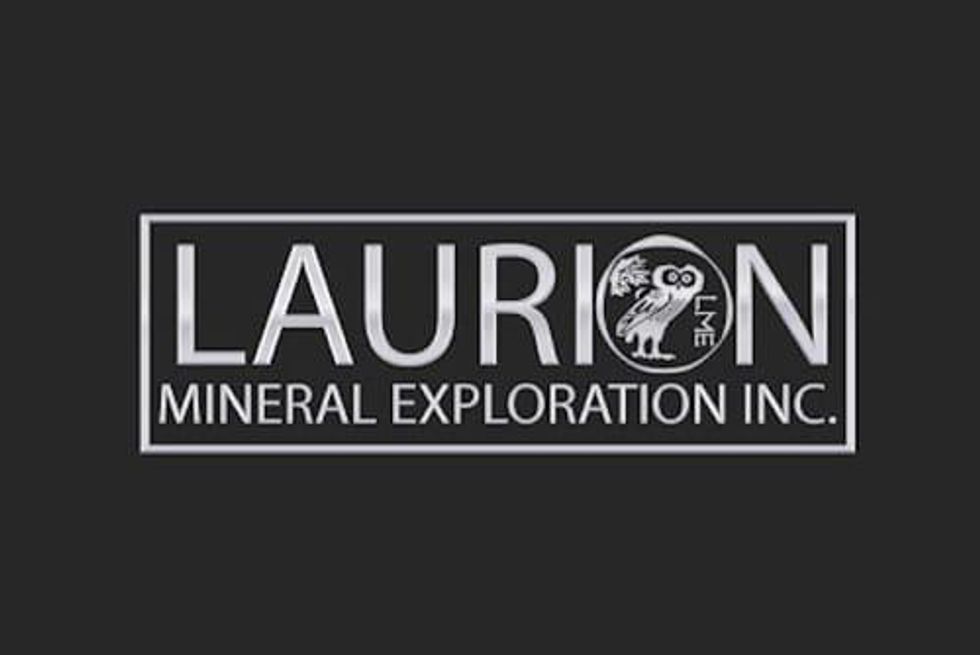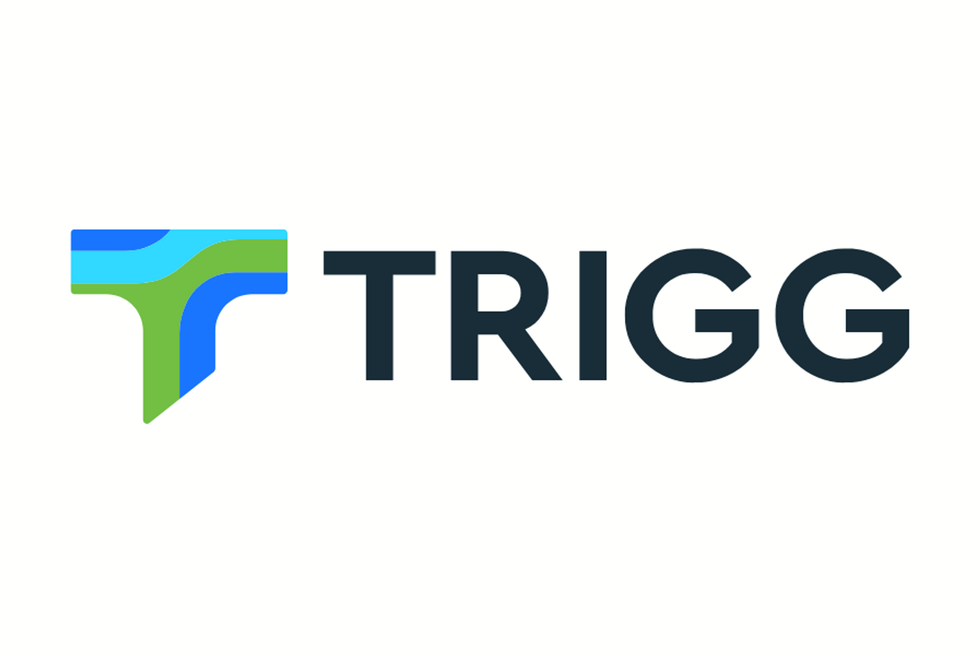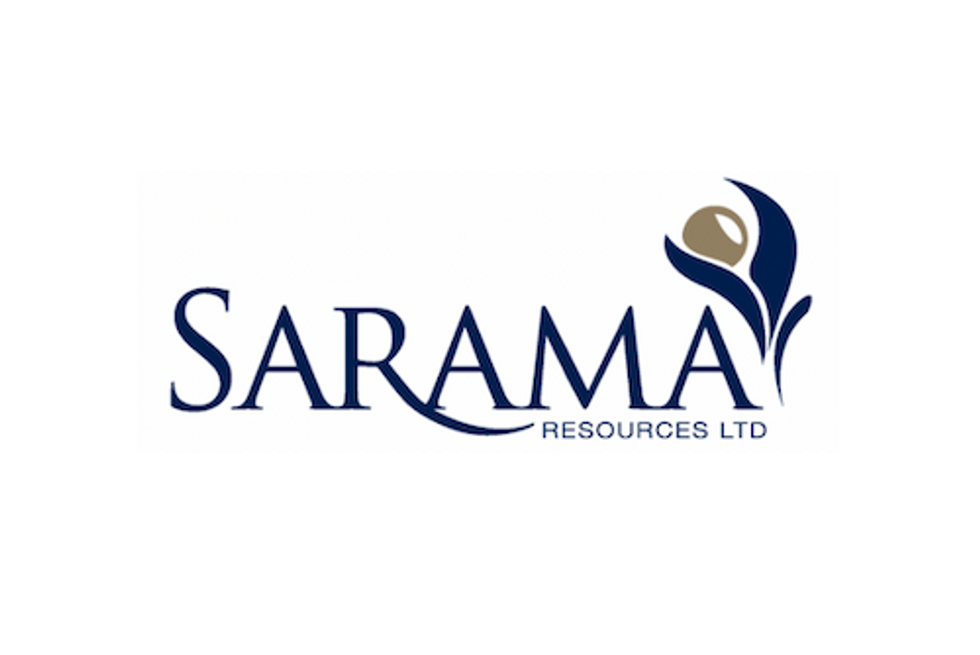Over the past 20 years, Queensland’s economy has enjoyed booms both in tourism and from a strong mining industry. An influx of migrants, large federal government investment, increased mining of vast mineral deposits and an expanding aerospace sector have contributed to the state’s economic growth.
Although Austrailia’s Queensland coast is also referred to as the “Gold Coast”, the state is probably most well known for its beaches and theme parks, rather than for its gold mineral deposits. It is bordered by the Northern Territory to the west, South Australia to the south-west and New South Wales to the south. The state is Australia’s second largest by area, following Western Australia, and the country’s third most populous after New South Wales and Victoria.
Historical context
Queensland owes much to the widespread discoveries of gold in the 19th century. The government geologist of New South Wales found gold near Port Curtis in 1853 and this discovery of gold heralded the origin of mining in Queensland. The gold mining boom attracted thousands of people to the cities and towns, helping to create new townships and increased demand for new infrastructure. Reports of gold discoveries soon followed at numerous sites with each discovery setting off a new rush and a scramble to register a mining lease. Queenslanders were already in a state of excitement when, in October 1867, James Nash announced his discovery at Gympie of two large nuggets weighing 975 ounces and 804 ounces.
Contemporary developments
Over the past 20 years, Queensland’s economy has enjoyed booms both in tourism and from a strong mining industry. A sizeable influx of interstate and overseas migrants, large amounts of federal government investment, increased mining of vast mineral deposits and an expanding aerospace sector have contributed to the state’s economic growth. The mining industry includes significant deposits of lead, zinc, coal, copper, molybdenum, bauxite, silver, as well as gold.
The relatively widespread occurrence of a variety of ore deposits throughout the metalliferous areas of Queensland make gold a mineral of primary interest in the operations of the prospector and potential mineral exploration venture. Economic resources of gold may occur native in alluvial or lode, by itself or with other metallic minerals in sulphide ores, or as tellurides in many widely different classes of rock. Currently, most gold produced in Queensland is from hard rock mining operations with about 28 percent from copper-gold hard rock operations where gold is a by-product.
The best known area for gold production in Queensland has historically been the Bowen Basin which also contains the largest coal reserve in Australia. The sparsely populated basin covers an area in excess of 60,000 square kilometres in central Queensland running from Theodore to Collinsville. The Charters Towers area has produced over 200 tonnes of gold from 1871-1917. The gold near Charters Towers is concentrated into veins and the area had been Australia’s richest major field with an average grade of 34 grams per tonne.
Investment opportunities
Citigold Corporation (ASX:CTO) is developing a resource near Charters Towers and has commenced commercially extracting gold with the objective to build up gold production from its underground mines in stages towards 300,000 troy ounces per year.
Conquest Mining Limited (ASX:CQT) is a growth oriented mining company which has recently acquired the Pajingo Gold Mine located in a high-grade epithermal district that has produced more than 3 million troy ounces of gold. Pajingo has recently been producing 50,000 to 55,000 troy ounces of gold per year and the Company is reviewing stratagies to increase Pajingo’s gold production. There has been some market trepidation about the recent flooding creating potential delays for the Company and its operations.
Mungana Goldmines Ltd. (ASX:MUX) has some potentially interesting assets located in the Chillagoe region of North Queensland, including the Mungana and Red Dome gold deposits, which now have combined measured, indicated and inferred resource totalling 2.5 million troy ounces of gold, 255,000 tonnes of copper and 32 million ounces of silver.
Resolute Mining Limited (ASX:RSG) is engaged in gold mining and prospecting and exploration for minerals. The Company produced 352,302 troy ounces during the fiscal year ended June 30, 2010. Resolute’s Ravenswood gold mine in Queensland, produced 125,652 troy ounces last year. The Ravenswood gold mine is located approximately 95km south-west of Townsville and is operated through Resolute’s subsidiary Carpentaria Gold Pty Ltd. The Company also has some interesting exposure to attractive gold assets in Tanzania.






